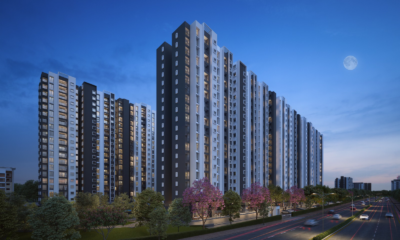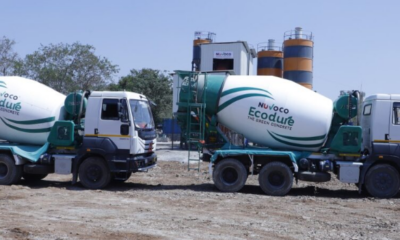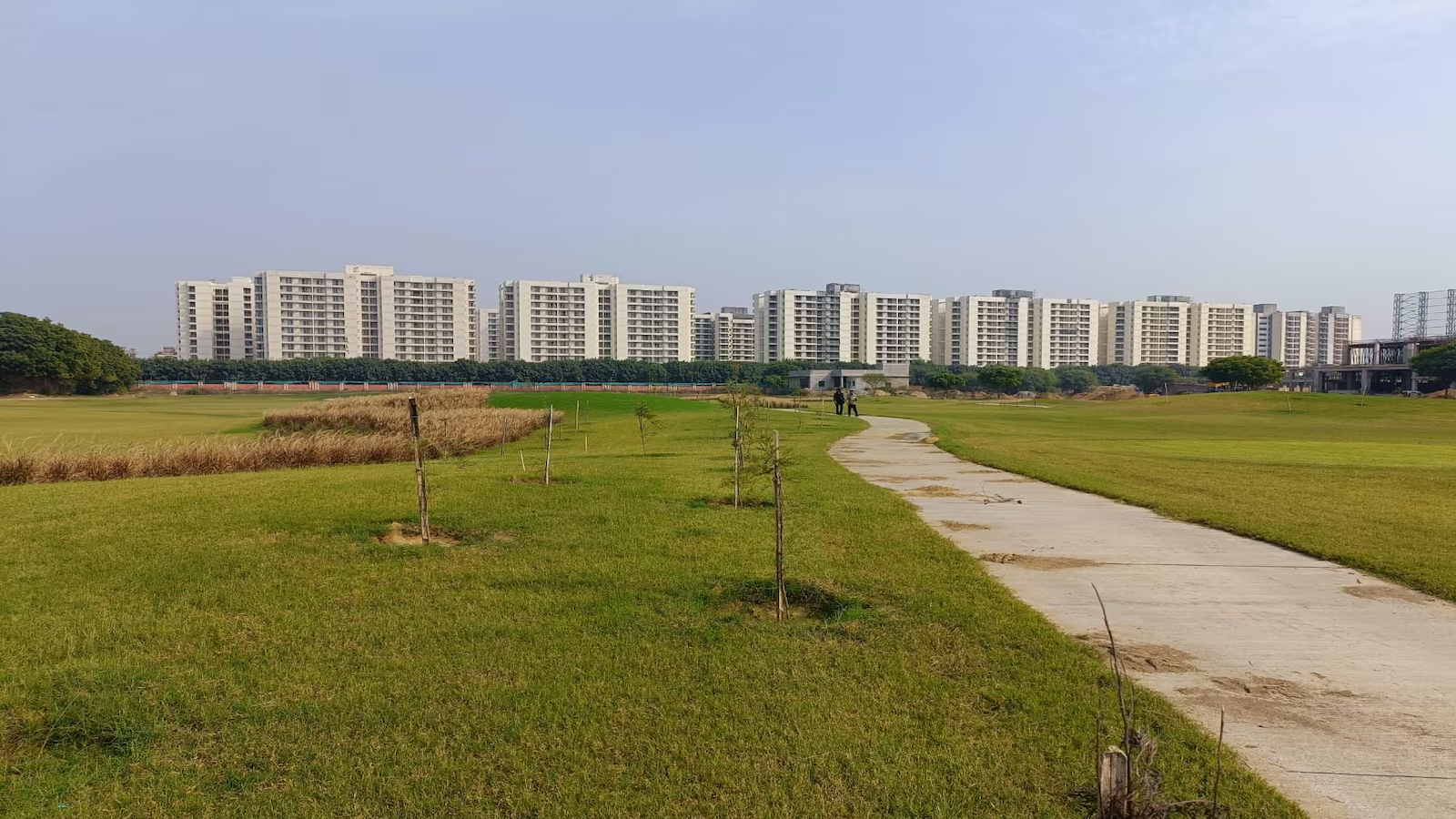Guest Column
Pune Leads in Pre-commitment among Key Office Markets


Pune Leads in Pre-commitment among Key Office Markets
Relatively lower office footprint and vacancy make Pune stand out; 48% supply coming through 2017 already pre-committed
Ramesh Nair – CEO & Country Head, JLL India
For more than a year now, Pune has seen the highest pre-commitment levels among Indian office markets. In fact, in 2Q 2017, Pune’s pre-commitment activity stood at 48% that is almost half of the total supply expected during 2017. Bengaluru at 39%, Mumbai at 33% and Delhi-NCR at 22% of their respective total supply coming through 2017 were all behind Pune this quarter.
If supply coming through 2018 is considered, 29% of it has already gotten pre-committed in Pune. The figure for Bengaluru stands at 26%, followed by Mumbai at 15% and Hyderabad at 7%. In Mumbai and Delhi-NCR, pre-commitment activity is being seen in projects getting completed in 2019, too. Mumbai already has a pre-commitment level of about 17% for projects expected to start operations from 2019.
In Pune, pre-commitment activity is being mainly led by IT/ITeS and BFSI occupiers, while in Delhi-NCR it is primarily driven by IT/ITeS occupiers. In Mumbai, a wider spectrum of occupiers from BFSI to IT, telecom and healthcare are driving this trend. Hyderabad too is seeing similar activity thanks to increasing interest from occupiers from IT, consulting, telecom and healthcare sectors.
Most occupiers across India prefer pre-committing in projects set to finish within a two-year timeline. Therefore, no pre-commitment is being seen so far in many cities for supply expected in 2019. Similarly, occupiers in Pune do not appear keen to pre-commit more than two years in advance, based on the current visibility of under-construction and announced projects.
This does not mean no pre-commitment would happen in projects finishing in 2019 and beyond. Traction is mostly expected to start in such assets from 2018. Although office pre-commitment is like a barometer of a city’s business activity, it is pertinent to note that not all contracts end up with the said space getting leased out at the time of operation commencement.
What makes Pune office occupiers so active?
The reason why pre-commitment activity is so high in Pune is because there is a limited supply of Grade-A projects coming up in the city. When it comes to ready-to-move-in Grade-A office buildings, the supply is severely limited. Moreover, the overall office vacancy in the IT hub has been hovering between 4.5% and 6.5% over the last few quarters. In Grade-B projects, it is in the range of 12-15%.
More importantly, there is hardly any vacancy in the office buildings within Pune’s special economic zones (SEZs). IT companies require larger floor plates, and therefore have to necessarily pre-commit lest the availability disappears altogether. The case in point is Pune’s Eastern corridor, where leasing demand has outstripped supply over six consecutive quarters.
Given these market dynamics, occupiers are choosing to pre-commit in any under-construction projects, pre-dominantly in assets located within SEZs. This trend is expected to be seen for another couple of quarters and could lead to healthy pre-commitment in projects located in established office corridors such as Hinjewadi, Kharadi, Viman Nagar and Nagar Road.
Churning, which has already been going on for a few quarters now, is increasing as occupiers consolidate or move to office corridors and buildings with relatively affordable rents. Pune is likely to see healthy supply of 5.3 mn sft in 2019 and 4.7 mn sft in 2020. A healthier supply pipeline will allow more flexibility to occupiers and help the IT hub to establish a much needed demand-supply equilibrium.
-



 News3 weeks ago
News3 weeks agoKW Delhi 6 Mall Onboards New Brands
-



 News4 weeks ago
News4 weeks agoManasum Senior Living Launches IKIGAI GOA, A Senior Living Community in North Goa, in collaboration with Prescon Homes
-



 News3 weeks ago
News3 weeks agoCommercial Realty Gets Tech Savvy: Fast Construction, Enhanced Convenience
-



 News2 weeks ago
News2 weeks agoGodrej Properties Sells Rs 3k cr+ Homes of Godrej Zenith, Gurugram, within 3 days
-



 News4 weeks ago
News4 weeks agoBridging India Divide: Top 5 Tier- 2 Cities to Focus On
-



 News4 weeks ago
News4 weeks agoMultipoint Connection – A Definite Boon
-



 News3 weeks ago
News3 weeks agoRBI’s Status Quo on Key Policy Rates to Help Maintain the Real Estate Growth Momentum, Say Industry Stalwarts
-



 News1 week ago
News1 week agoOlive Announces Dhruv Kalro as Co-Founder





























